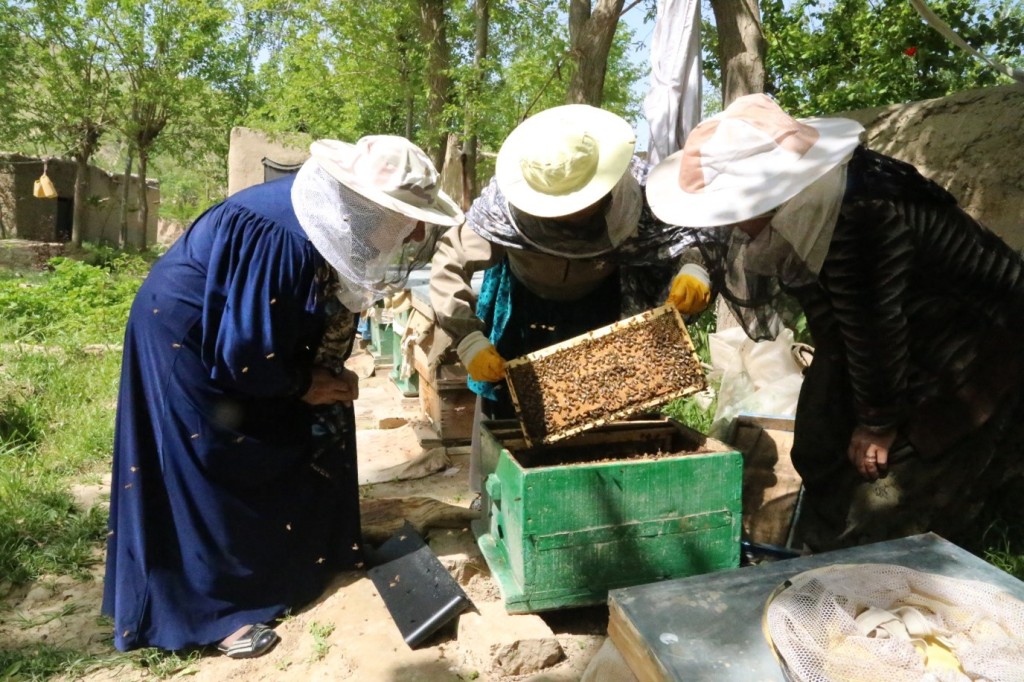Afghanistan’s agricultural sector remains a cornerstone of its economy, engaging approximately 46.6% of the nation’s workforce as of 2022.
In 2023, the sector contributed significantly to the country’s GDP, with an output of 380,744 AFN million, up from 373,056 AFN million in 2022.
Wheat continues to be Afghanistan’s primary crop. In the 2024/2025 market year, wheat production is projected to reach 5.2 million tons, marking a 13% increase over the five-year average from 2019 to 2023.
Despite these positive indicators, the nation faces significant challenges. An estimated 11.6 million Afghans—25% of the population—are experiencing food insecurity, a situation exacerbated by climate shocks and economic instability. Additionally, in 2024, Afghanistan became the largest importer of Russian flour, doubling its purchases from the previous year, which underscores the country’s ongoing struggles with food self-sufficiency.
Therefore, AWDREO remains steadfast in its commitment to empowering Afghanistan’s agriculture through innovative initiatives. The organization has implemented comprehensive projects that have positively impacted the lives of farmers and IDPs in Logar and Bamiyan provinces.


